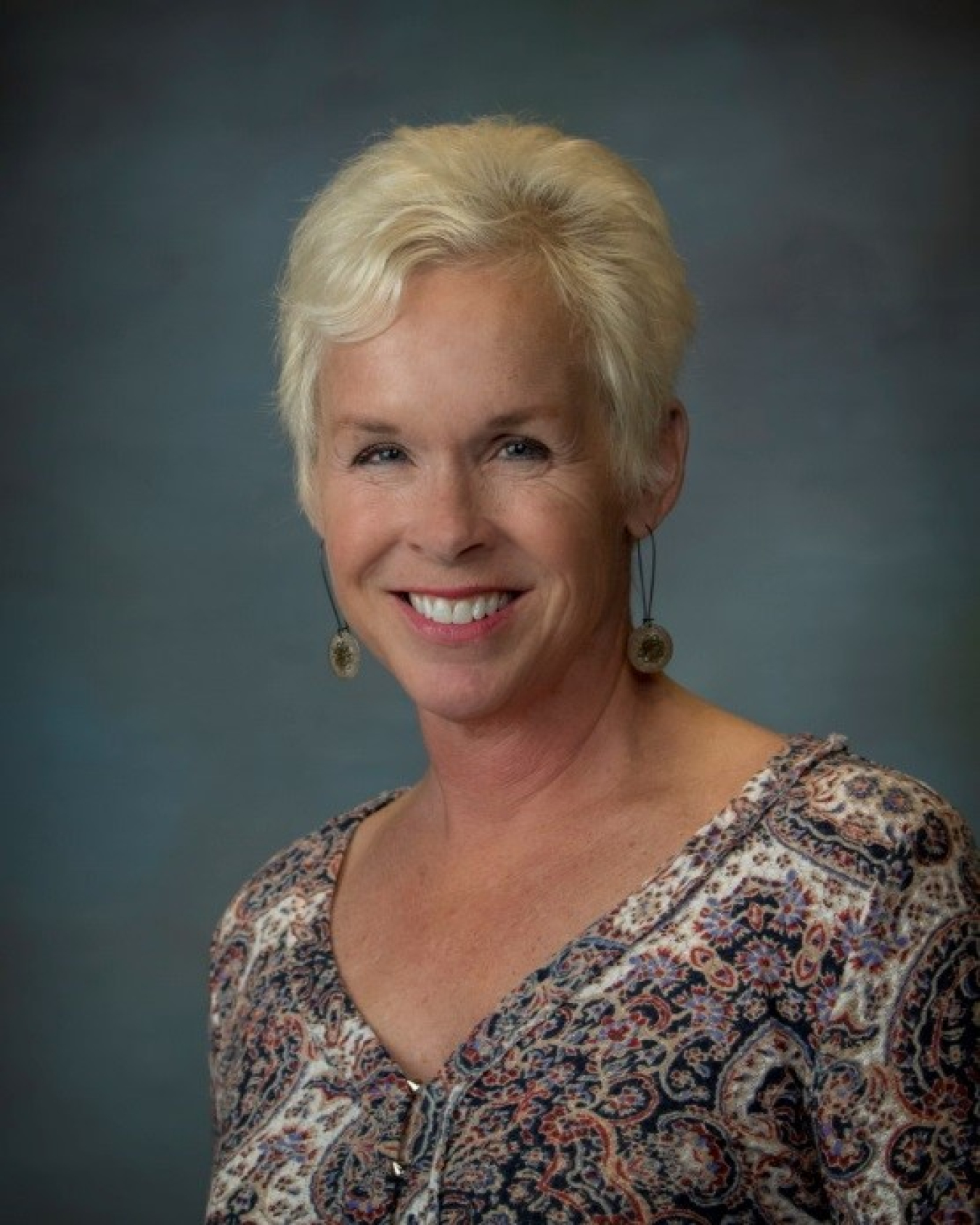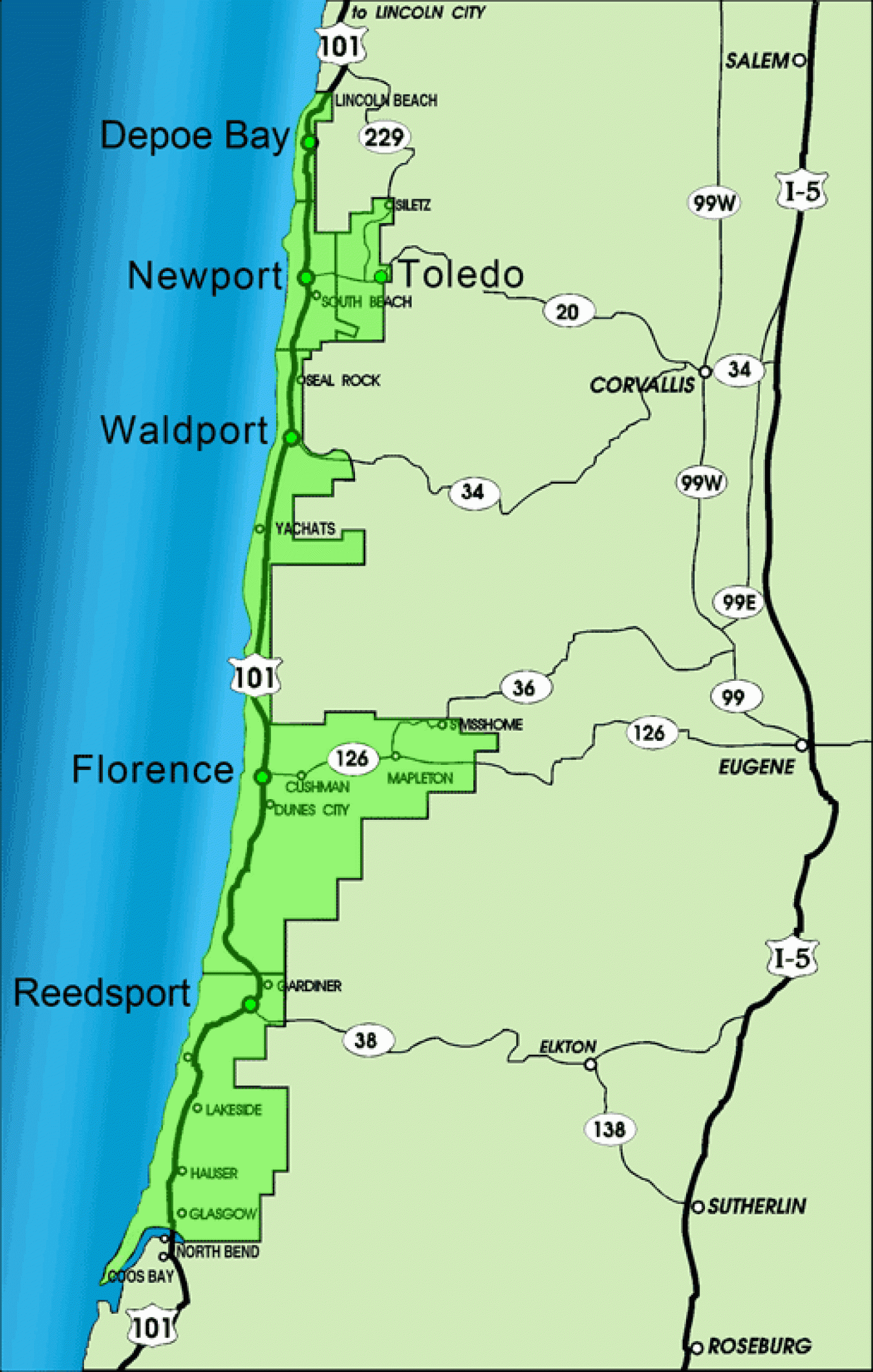WPTO’s Stakeholder Engagement Specialist, sat down with Debra Smith to get her opinions on the current state of wave energy testing.
Water Power Technologies Office
May 16, 2018In December of 2016, the Energy Department announced the award of up to $35 million in funding for the construction of the Pacific Marine Energy Center, South Energy Test Site (PMEC-SETS). In anticipation of this state-of-the-art wave energy test facility becoming operational around 2022, the Water Power Technologies Office (WPTO) is engaging in a series of discussions with various stakeholders involved in the PMEC-SETS project and to the marine energy industry as a whole. The following article summarizes one of those discussions. Miles Hall, WPTO’s Stakeholder Engagement Specialist, sat down with Debra Smith to get her opinions on the current state of Central Lincoln People’s Utility District, PMEC-SETS, and on the Oregon coast economy.
Debra Smith is the General Manager and CEO for Central Lincoln People’s Utility District (Central Lincoln) with 22 years of industry experience. She is responsible for managing an annual budget of approximately $98 million, and has worked in many areas of utility management including electric and water operations, power generation and trading, customer service, and finance/administrative support. Prior to joining Central Lincoln in 2013, Debra worked for the Eugene Water and Electric Board for 17 years in various management positions. She holds a degree from Arizona State University in finance.

Please tell us about Central Lincoln People’s Utility District (PUD).
Central Lincoln PUD is a public, not-for-profit utility district that distributes electricity for roughly 112 miles of the central Oregon coast. Our service territory primarily covers about 10 small cities stretching from south of Lincoln City to north of Coos Bay, and includes Lincoln County where the Pacific Marine Energy Center, South Energy Test Site (PMEC-SETS) will be constructed. While we do serve some of the Oregon coast’s largest cities—Newport and Florence—neither of these cities have more than about 10,000 people so we are mostly considered a rural utility.
How many customers does Central Lincoln serve?
We have just over 39,000 commercial and residential meters spread throughout our counties. Meters are the devices that measure the amount of electric energy consumed by a residence, a business, or an electrically powered device. The population we serve is typically estimated at approximately 56,000 people.
What differentiates Central Lincoln from investor-owned utilities and/or other utilities in Oregon?
The main difference is that as a PUD, we operate with cost-based pricing rates—meaning that while we endeavor to recoup our costs of doing business, we do not seek to make a profit. Our rates are established by locally-elected customer representatives, which allows the community to have a major say in prioritizing utility-based activities. This model differentiates us from privately-owned utilities, which typically charge more and operate with their own priorities in mind.
Please tell us a little about yourself and some of your biggest priorities since joining Central Lincoln.
I was hired in 2013 right as Central Lincoln was concluding work on installation of a U.S. Department of Energy (DOE)-funded advanced metering infrastructure (AMI) system that uses innovative control and communication technologies to automate metering applications, many of which were previously done manually. One of my biggest priorities has been taking that DOE investment and leveraging it through new business systems development. Soon we will be operating Central Lincoln using a fully connected model that enables us to operate everything from the transmission line to the meter of the customer’s home both remotely and electronically. We want to get to a point where we can quickly identify our devices (a meter, a pole, a transmission line, etc.) and whether they are transferring power to our customers. This ability can be critical, both for more efficient power usage as well as during outages, where Central Lincoln linesmen can use their phones to identify where the specific outage point is occurring. Having a more advanced, smart grid is vital for our work with PMEC-SETS, as it will allow more efficient integration and monitoring of wave energy resources into our power systems.
Another one of my priorities has been geared toward emergency preparedness and resiliency. We buy all of our power from the Bonneville Power Administration (BPA). In the event of a disaster however, this presents a serious challenge, as the power we purchase comes from BPA’s transmission system that is on the other side of the Cascade Mountain Range. This is an area where PMEC-SETS could be a major asset to us in generating electricity from waves should we need to function and meet critical needs along the coast with local generation. We also place an emphasis on implementing the Federal Emergency Management Agency Incident Command System (ICS). ICS provides protocols and guidelines to employees of Central Lincoln that help prepare them to effectively respond and coordinate actions during events that might compromise the delivery of power to the Oregon coast.
There is also the threat of the "grey tsunami" of aging populations and retirees. For example, in the past five years we have had numerous employees retire and are currently faced with several senior leadership figures being close to retirement. So another priority is training the next generation of leaders and attracting folks who are earlier in their careers to live and work along the Oregon coast.

How would you characterize the level of awareness that Oregon coastal consumers have about renewable energy?
There has been significant support for renewables from the majority of our customers. A lot of the interest I have seen demonstrated by locals on the coast comes out of a desire to be resilient and independent. We have had close to 100 customers install rooftop solar systems. This is impressive considering the amount of cloud cover we have on the coast. Many people also take advantage of our cost-effective energy efficiency programs, which can help customers manage and reduce the cost of energy usage. These programs can be particularly impactful for communities operating under incomes that are often seasonally dictated by the coastal tourism industry.
What is the community support like for PMEC-SETS?
I have seen a lot of overlapping support from different communities on the coast for the site. The location for the project was vital, as the decision to host the site in Newport was made in conjunction with the fishing community, so we have had their continuing support from the beginning. Local attention has also been driven toward ways in which we can benefit from the proximity to the coast and the ocean. Year-round, people of all ages visit the aquarium in Newport and the Oregon State University (OSU)-operated Hatfield Marine Science Center where there are displays depicting what wave energy looks like and how it might benefit our communities in the future. The community has a lot of respect for the research-focused economy in the Newport area created by OSU and the National Oceanic and Atmospheric Administration. OSU’s work to launch the test site has helped spur year-round job growth for locals with ties to the scientific community and the hospitality sector.
How is Central Lincoln connected with PMEC-SETS?
Central Lincoln began work with OSU on the PMEC-SETS project before I came to Newport. The current focus is on understanding how the site will integrate with utility infrastructure and how we will bring this highly-energetic source of power into our system. This test site represents a fantastic opportunity for Central Lincoln engineers to develop specific skills and experience in integrating and characterizing a marine energy resource that they currently do not have a lot of experience with yet.
Our involvement with the site has also presented a chance for our employees to broaden their involvement in local science, technology, engineering, and mathematics (STEM) outreach activities in the community. For instance, our chief engineer graduated from OSU, is a member of the local STEM Advisory Group, and has led a number of STEM-based activities with kids in the Newport area. Hatfield Marine Science Center augments our STEM involvement by providing a scientifically focused venue and hosting a number of students on an annual. This ecosystem encourages new and curious talent to learn about marine energy, the test site, Central Lincoln, and the Oregon coast more broadly. Multifaceted STEM experiences can play a large role in influencing student’s career decisions and where they want to live after college.
What kind of long-term effects could you see the test site having in Oregon?
I had the opportunity during the past couple of months to lobby for this project with OSU at the state’s capital in Salem during committee week. I cited a number of reasons why PMEC-SETS is an important project for us, one of which is that the site has fantastic economic development potential for the state and for Newport in particular. Job growth can be currently seen and anticipated both in Oregon and elsewhere, where trickle down effects can be felt all the way to manufacturers who might be involved with the project but are based out of the state. I also emphasized the positive customer effects on the utility side for us. Our clients want clean, carbon-free resources and marine energy presents an excellent option for the future. When you bear in mind how far wind power has come in the past twenty years, it gives you a bit of perspective on the potential that marine energy has to provide clean energy for a host of stakeholders. Our customers also have increasingly voiced a desire to have local energy resources. Marine energy naturally comes to mind as a major asset on the coast--especially when you consider the reliability and resiliency aspects of our energy mix.
How do you envision working with PMEC-SETS in the future?
We very pleased to be involved in the project and will continue to partner with the test site wherever we can. I am personally making a lot of time to talk to legislators, while many of my engineers have been speaking across the state about our involvement and how impactful the facility will be. People on the coast are open to new and innovative approaches to renewable energy, so I think we are all very excited for PMEC-SETS to begin operations.
The Pacific Marine Energy Center, South Energy Test Site (PMEC-SETS) is being designed and constructed by Oregon State University and is being co-funded by the U.S. Department of Energy. When completed, PMEC-SETS will be a utility-scale, grid-connected, open-ocean test facility located off the coast of Newport, Oregon. The site will be able to accommodate up to 20 wave energy converters (WECs) across four test berths at any one time. Each of the four test berths will have a dedicated transmission cable and the site will be pre-permitted for known WEC technologies. PMEC-SETS will enable technology developers to prove device performance in robust wave environments for extended periods of time; thereby, demonstrating technical viability, determining methods for cost reduction, and advancing technologies toward commercial readiness and cost-effective power delivery.
This article was updated on June 7, 2018.

